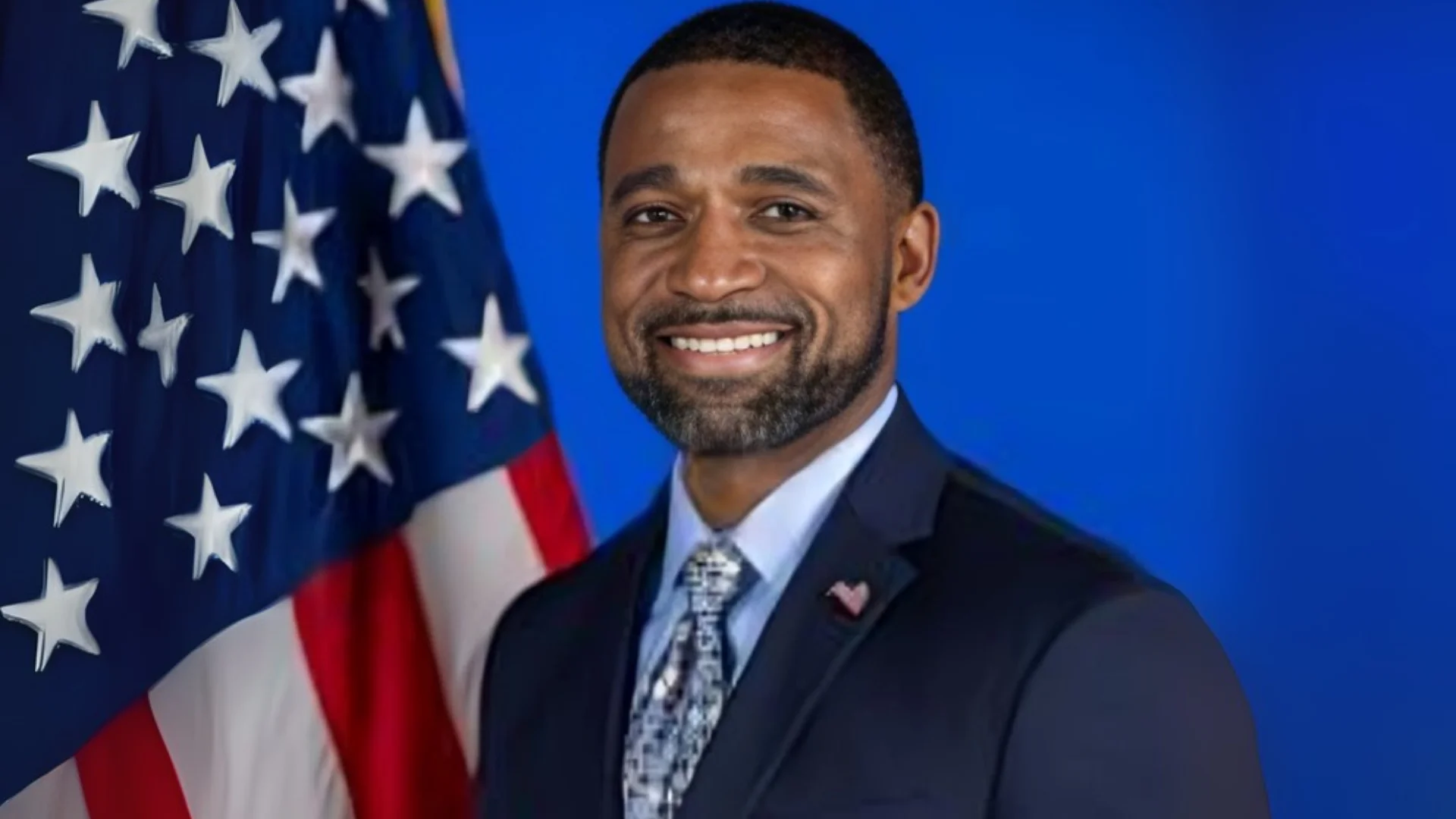Since the fatal midair collision in January near Ronald Reagan Washington National Airport (DCA), which involved a US Army Black Hawk helicopter and an American Airlines regional jet, investigators have focused on air traffic control staffing and operational decisions at the airport. The accident resulted in 67 deaths.
The Federal Aviation Administration (FAA) is facing scrutiny after the National Transportation Safety Board (NTSB) alleged that the agency was aware of ongoing risks at DCA, such as staffing shortages in the control tower and congestion in the airspace, but did not take corrective action before the crash.
The NTSB has launched a formal investigation into the incident, including a three-day hearing this week. During these sessions, attention has been given to how both the US Army and FAA managed their responsibilities on the night of the accident. According to Politico, Nick Fuller, FAA Deputy Chief Operating Officer for Air Traffic, stated that 26 out of 28 controller positions were filled that night. However, only one controller was assigned to handle both helicopter and fixed-wing traffic—a role typically split between two staff members until 21:40. The collision happened more than 40 minutes before this scheduled transition, leading to questions about whether consolidating these duties contributed to the crash.
 Alerts Sign-up
Alerts Sign-up





































